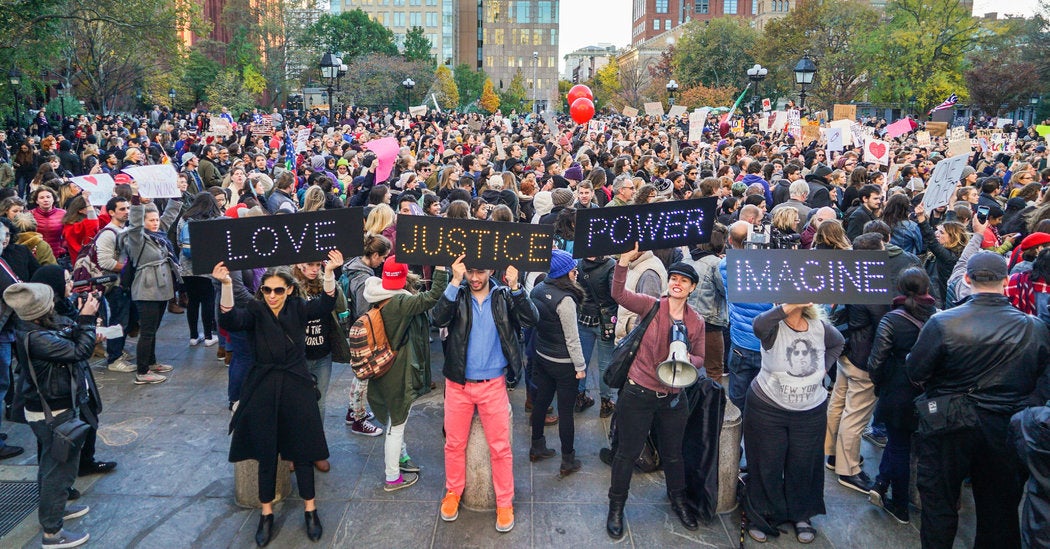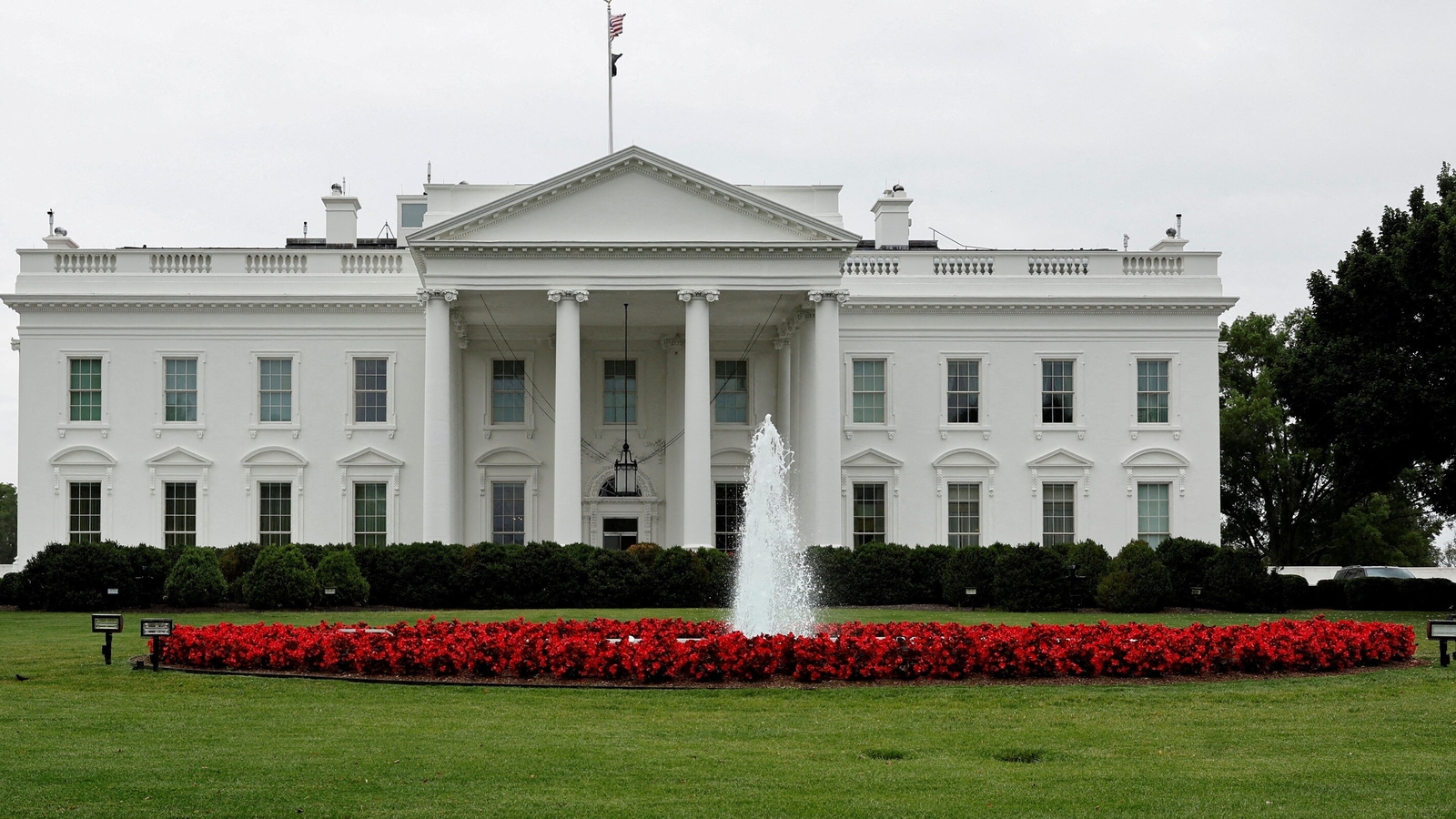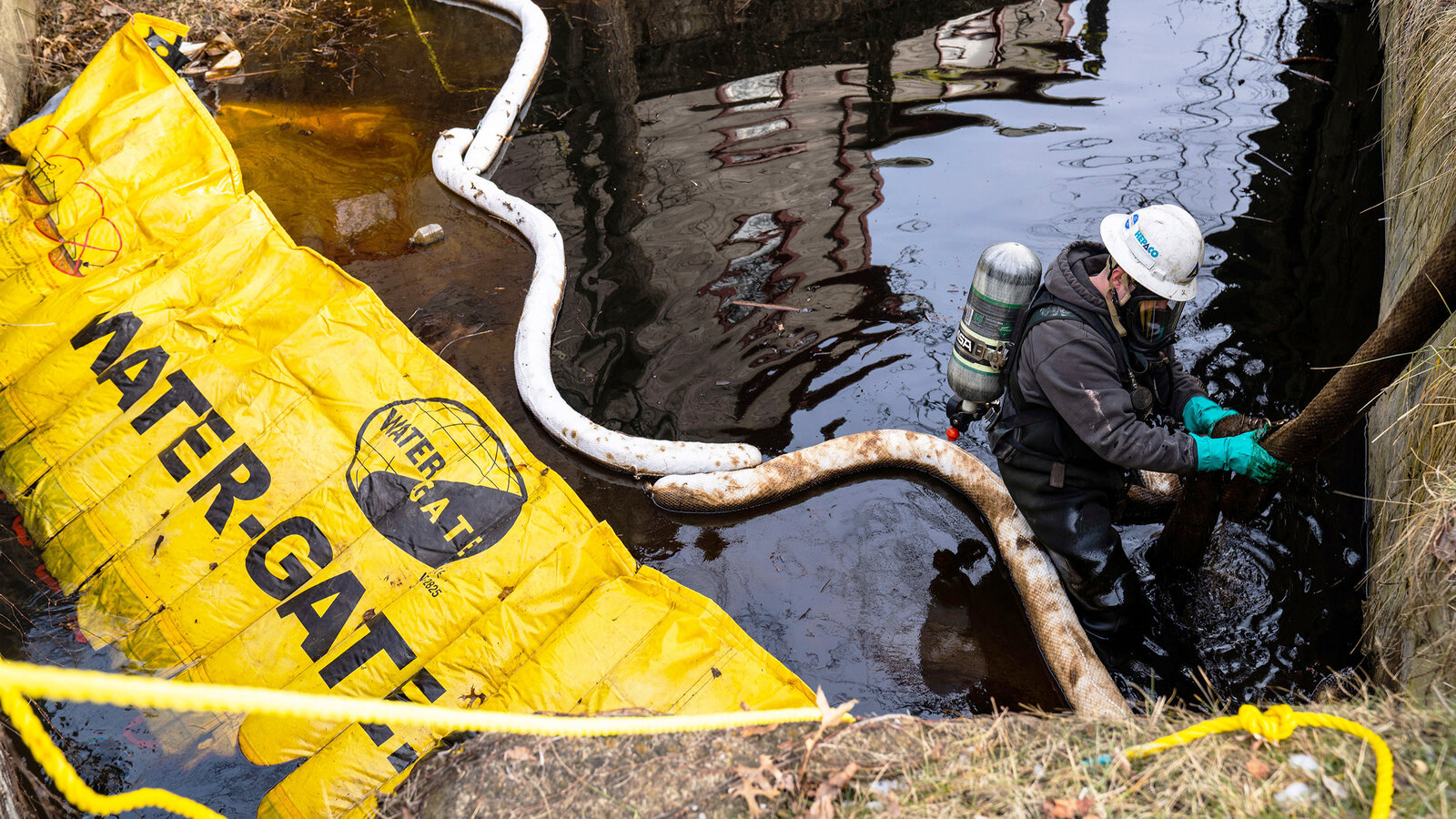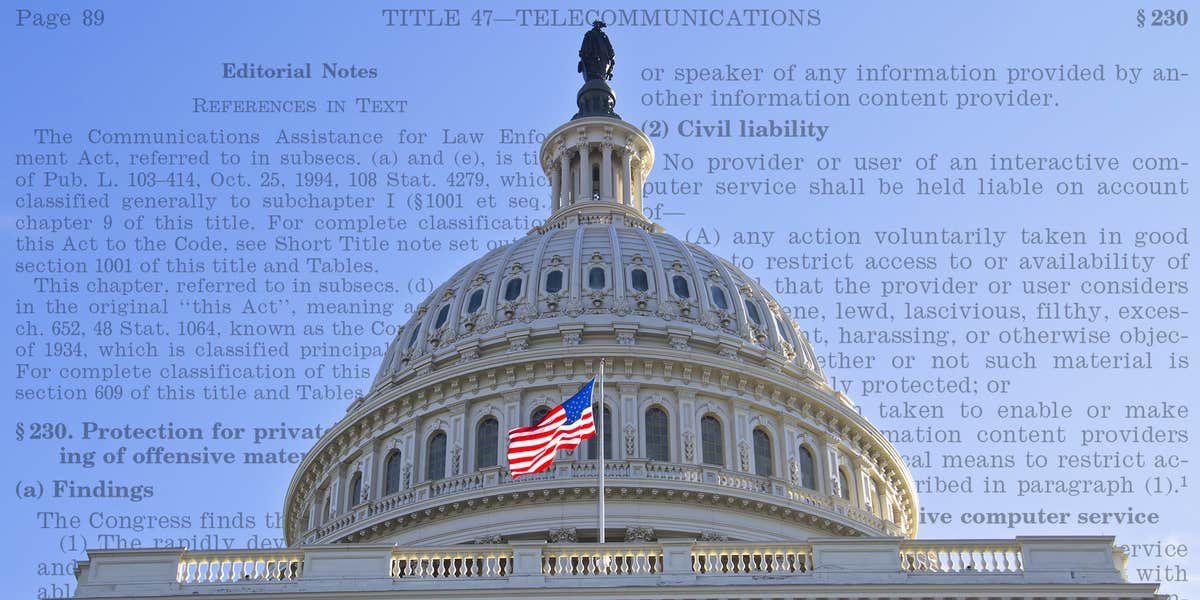Rallies And Protests Against Trump: A National Perspective

Table of Contents
The Motivations Behind the Rallies and Protests
The wave of rallies and protests against Trump stemmed from a complex interplay of factors, encompassing policy disagreements, concerns about his rhetoric and behavior, and a defense of core democratic values.
Policy Opposition
Many protests were directly fueled by opposition to specific Trump administration policies. These included:
-
Immigration Policy: The controversial "travel ban" targeting several Muslim-majority countries, the separation of families at the US-Mexico border, and the administration's approach to immigration enforcement sparked widespread outrage and numerous protests across the country. These demonstrations often highlighted the human cost of these policies and emphasized the importance of immigration reform.
-
Healthcare Policy: The attempts to repeal and replace the Affordable Care Act (ACA) mobilized significant opposition, with protestors arguing that the proposed changes would harm millions of Americans by reducing access to affordable healthcare. Rallies organized by healthcare workers, patient advocacy groups, and concerned citizens highlighted the potential negative consequences of these policy shifts.
-
Environmental Regulations: Rollbacks of environmental protections, including the withdrawal from the Paris Agreement on climate change, ignited major protests from environmental activists and concerned citizens. These protests emphasized the urgency of addressing climate change and protecting the environment.
Concerns about Trump's Rhetoric and Behavior
Beyond specific policies, Trump's rhetoric and behavior frequently sparked public outrage and fueled protests.
-
Controversial Statements: Trump's inflammatory statements on issues of race, gender, and religion frequently triggered protests. These protests often aimed to counter the president's rhetoric and highlight the importance of tolerance and inclusivity.
-
Perceived Attacks on Institutions: Concerns regarding attacks on the press, the judiciary, and other democratic institutions mobilized protests aimed at defending the rule of law and democratic norms. These demonstrations often emphasized the importance of checks and balances and the protection of free speech.
-
Social Media Amplification: Social media platforms played a significant role in amplifying concerns about Trump's rhetoric and behavior, facilitating the organization and mobilization of protestors across geographical boundaries. Hashtags like #Resist and #NeverAgain became rallying cries, connecting individuals and groups involved in anti-Trump activism.
Defense of Democratic Values
Many protests were rooted in a broader concern about threats to democratic norms and institutions under the Trump administration.
-
Authoritarian Tendencies: Concerns regarding potential authoritarian tendencies, including attacks on the free press and attempts to undermine democratic processes, sparked widespread protests. These demonstrations often emphasized the importance of safeguarding democratic institutions and protecting civil liberties.
-
Civil Liberties Organizations: Numerous civil liberties organizations played a vital role in supporting and organizing protests against perceived threats to democratic values. These groups often provided legal assistance, logistical support, and public advocacy for the protestors.
Key Events and Locations of Anti-Trump Protests
The opposition to Trump manifested in numerous protests across the United States, exhibiting both remarkable consistency and significant regional variations.
Major Protest Events
Significant anti-Trump protests included:
-
Inauguration Day Protests (2017): Massive demonstrations took place across the country on the day of Trump's inauguration, highlighting widespread opposition to his presidency.
-
Women's March (2017): The Women's March, held the day after the inauguration, attracted millions of participants worldwide, becoming one of the largest single-day protests in US history.
-
Protests Following Charlottesville (2017): The white supremacist rally in Charlottesville, Virginia, and Trump's response to the event sparked widespread condemnation and protests across the nation.
These events garnered extensive media coverage, shaping the national narrative surrounding the Trump presidency.
Geographic Distribution of Protests
While protests occurred nationwide, certain regions exhibited higher levels of activism, often reflecting underlying political demographics and local issues. Major metropolitan areas, particularly on the coasts, saw consistently high levels of protest activity. However, significant protests also occurred in smaller cities and towns across the country. A map visualizing the geographic distribution of these protests would clearly illustrate this widespread phenomenon.
The Impact and Legacy of Anti-Trump Protests
The rallies and protests against Trump had a significant impact on the political landscape, extending beyond their immediate effects.
Political Impact
-
Public Opinion: The protests undoubtedly shaped public opinion, contributing to a heightened awareness of political issues and increasing polarization.
-
Election Outcomes: While establishing direct causal links is complex, these protests likely influenced voter turnout and contributed to the political climate of subsequent elections.
-
Policy Debates: The sustained pressure from protests played a significant role in shaping the national debate on various policy issues, forcing a greater consideration of diverse viewpoints.
Social and Cultural Impact
The protests also left a lasting social and cultural mark.
-
Social Movements: They energized various social movements, providing a platform for diverse voices and fostering a greater sense of collective action.
-
Awareness Raising: The protests raised awareness about critical social and political issues, such as racial justice, gender equality, and climate change.
-
Political Activism: The widespread engagement in these protests may have increased long-term civic engagement and political activism among participants.
Conclusion
The widespread rallies and protests against Donald Trump represent a significant chapter in American political history. Driven by diverse motivations, from policy disagreements to concerns about democratic values, these demonstrations profoundly shaped public discourse and left a lasting impact on the political landscape. Understanding the history of these rallies and protests against Trump is crucial for informed civic engagement. Further research into the specific events and their consequences provides valuable insights into the dynamics of political opposition and the power of collective action. Continue learning about the history of rallies and protests against Trump to better understand the evolution of political activism in the United States.

Featured Posts
-
 Google Faces Renewed Legal Challenge Over Search Dominance
Apr 22, 2025
Google Faces Renewed Legal Challenge Over Search Dominance
Apr 22, 2025 -
 White House Cocaine Incident Secret Service Wraps Up Investigation
Apr 22, 2025
White House Cocaine Incident Secret Service Wraps Up Investigation
Apr 22, 2025 -
 Ohio Derailment Persistent Toxic Chemical Contamination In Buildings
Apr 22, 2025
Ohio Derailment Persistent Toxic Chemical Contamination In Buildings
Apr 22, 2025 -
 Fsu Announces New Plan For Resuming Classes After Campus Shooting Too Soon
Apr 22, 2025
Fsu Announces New Plan For Resuming Classes After Campus Shooting Too Soon
Apr 22, 2025 -
 E Bay Listings For Banned Chemicals Section 230 Protection Challenged
Apr 22, 2025
E Bay Listings For Banned Chemicals Section 230 Protection Challenged
Apr 22, 2025
